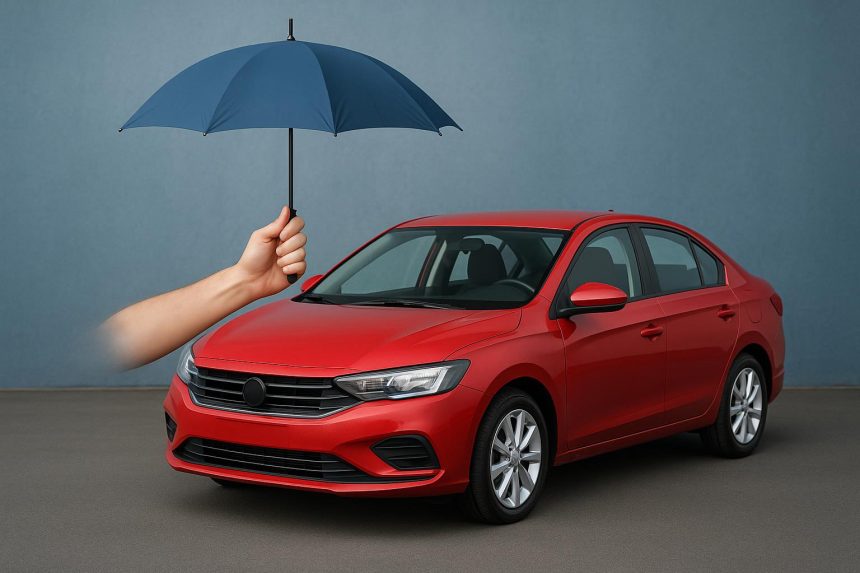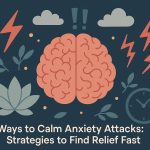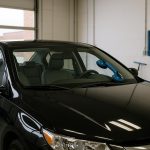When you buy a car in India, third-party insurance is compulsory. It covers damage caused to other people or their property in case of an accident. But what about your own car? If your vehicle gets damaged in an accident, fire, flood, or even due to theft, a third-party plan won’t help you.
That’s where own damage insurance steps in. Many car owners today choose a standalone OD policy, which specifically protects their own vehicle against unforeseen events. Let’s break it down and see why this type of coverage is worth considering.
Let’s Understand Standalone OD Car Insurance
A standalone OD policy is a type of insurance that only covers damage to your own car. It is different from third-party insurance, which only protects others involved in an accident.
With own damage coverage, you don’t have to pay from your pocket if your car suffers damage due to natural disasters, accidents, theft, fire, or man-made events like riots. This makes it a smart addition to your car insurance policy, especially if you want full protection for your vehicle.
How Does Standalone OD Car Insurance Work
When you buy car insurance online, you often get the choice to pair your mandatory third-party liability policy with an additional own damage insurance plan. Together, these two make a complete cover.
Here’s how it works:
- If you hit another vehicle and damage it, your third-party cover pays for the other person’s loss.
- If your own car gets damaged in the same accident, your standalone OD policy pays for your repairs.
This dual protection ensures that both you and the other party are financially secure after an accident.
Why Own-Damage Car Insurance Matters
Accidents and natural disasters are unpredictable. A single mishap can cost you thousands of rupees in repairs. Without your own damage insurance, you’ll have to bear these costs alone, even if you already have a valid third-party car insurance policy.
For example, imagine your car getting damaged in a flood or being stolen. Simply having a third-party plan won’t cover your loss. But with a standalone OD policy, you’ll be compensated for such situations.
In simple terms, own damage cover protects your savings, reduces stress, and ensures your car is always safeguarded against the unexpected.
Who Should Buy It?
If you already have third-party coverage and want to strengthen your protection, a standalone OD plan is the way to go. It’s especially useful for:
- New car owners: A new vehicle is expensive to repair or replace, making additional coverage crucial.
- Owners in high-risk areas: If you live in a flood-prone or theft-prone region, this cover is almost a necessity.
- People who bought long-term third-party plans: After the initial purchase, you can pair your existing third-party insurance with your own damage insurance to create a balanced cover.
So, if you’re someone who wants peace of mind on the road, going for a standalone plan is a wise move.
What’s Covered Under OD Car Insurance
A standalone OD policy typically covers the following:
- Accidents: Damages to your car in case of collision.
- Natural disasters: Loss from floods, cyclones, earthquakes, landslides, etc.
- Fire and explosion: Protection if your car is damaged due to accidental fire.
- Theft: Compensation if your car is stolen.
- Man-made risks: Coverage for riots, strikes, or vandalism.
When you buy car insurance online, you can also add riders like zero-depreciation cover, roadside assistance, or engine protection to enhance your plan.
What’s Not Covered
Like every policy, own damage coverage has its limitations. You won’t be able to claim under your car insurance policy if:
- The accident happened while driving under the influence of alcohol or drugs.
- The driver was not carrying a valid license.
- Regular wear and tear or mechanical breakdowns caused the damage.
- The accident occurred outside India.
- Losses were intentional or fraudulent.
These exclusions are clearly mentioned by your car insurance company, so always read the terms before you buy or renew your plan.
Comparing Insurances: OD vs Third-Party vs Comprehensive
It’s easy to get confused between different types of car insurance. Third-party insurance is the most basic and mandatory cover. It protects you from financial liabilities if your car causes injury, death, or damage to someone else’s property. However, it doesn’t cover your own car.
Own damage insurance steps in here. It specifically covers the damage to your car due to accidents, theft, natural disasters, or fire. On the other hand, comprehensive insurance combines both third-party and own damage cover, offering wider protection but usually at a higher premium compared to a standalone OD policy.
A Smarter Way to Protect Your Car
Owning a car is an investment. Protecting it wisely should be a priority. While third-party insurance is legally required, it doesn’t protect your own vehicle. That’s why adding your own damage insurance through a standalone OD policy is so important.
By choosing this plan, especially when buying car insurance online, you ensure that your vehicle is covered against both natural and man-made risks. It’s a small step that offers big financial protection in the long run.
So, if you want complete peace of mind, consider strengthening your car insurance with a standalone OD cover today.
Lynn Martelli is an editor at Readability. She received her MFA in Creative Writing from Antioch University and has worked as an editor for over 10 years. Lynn has edited a wide variety of books, including fiction, non-fiction, memoirs, and more. In her free time, Lynn enjoys reading, writing, and spending time with her family and friends.















